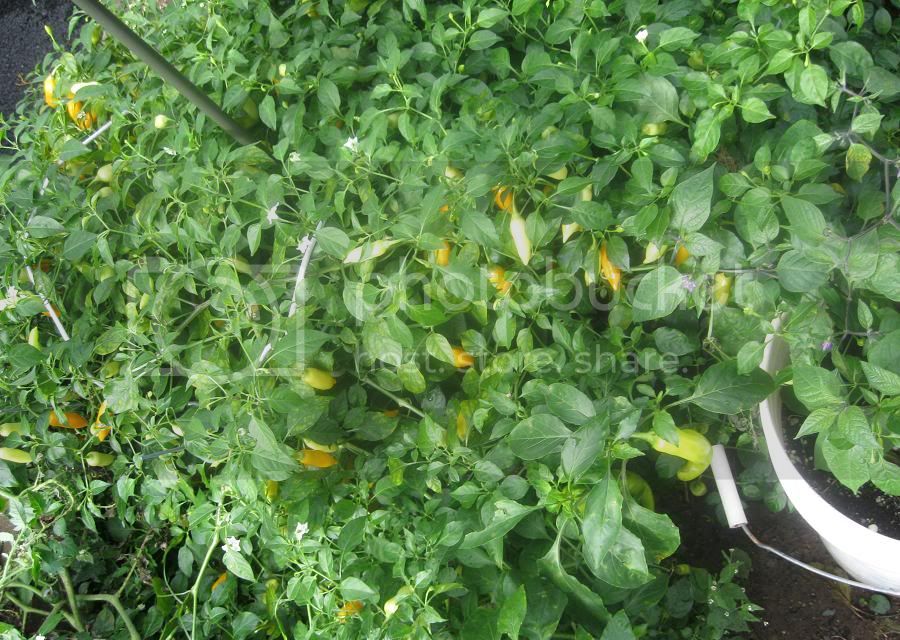As an experiment I left seed from a couple of different Capsicum varieties and species out in the soil (unprotected) before this past Winter. Well, they're popping up now and while the slugs have been eating most of them, the fact that they even came up is interesting in itself. I'm in about a USDA Zone 5 or 6 (it varies because of the hilly terrain and slight local microclimates in this part of the state).
Has anyone else seen Capsicum on its way to being naturalized in similarly cold climates? Here are some pics taken today (slugs will probably get them tonight or soon):


Has anyone else seen Capsicum on its way to being naturalized in similarly cold climates? Here are some pics taken today (slugs will probably get them tonight or soon):




